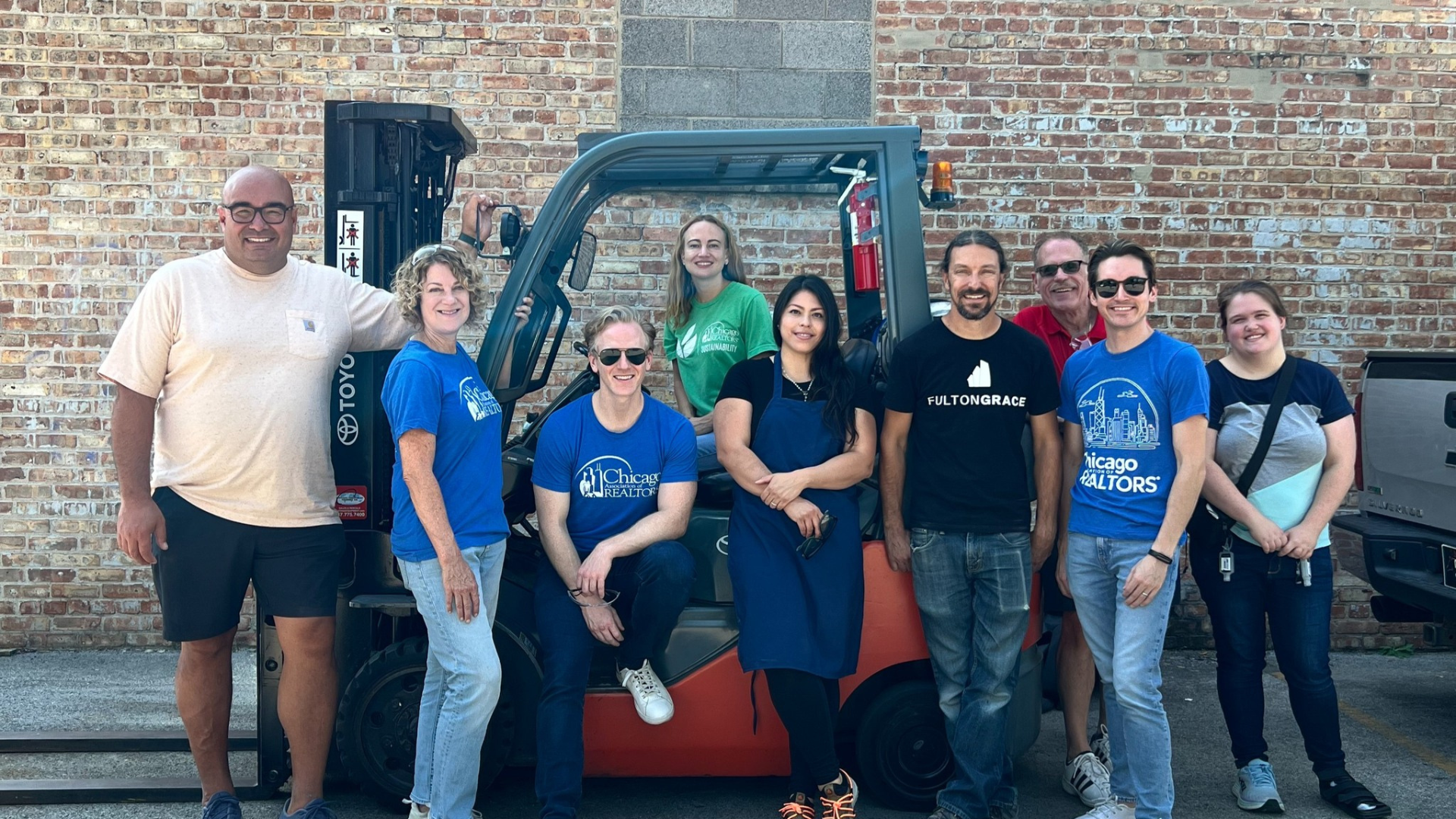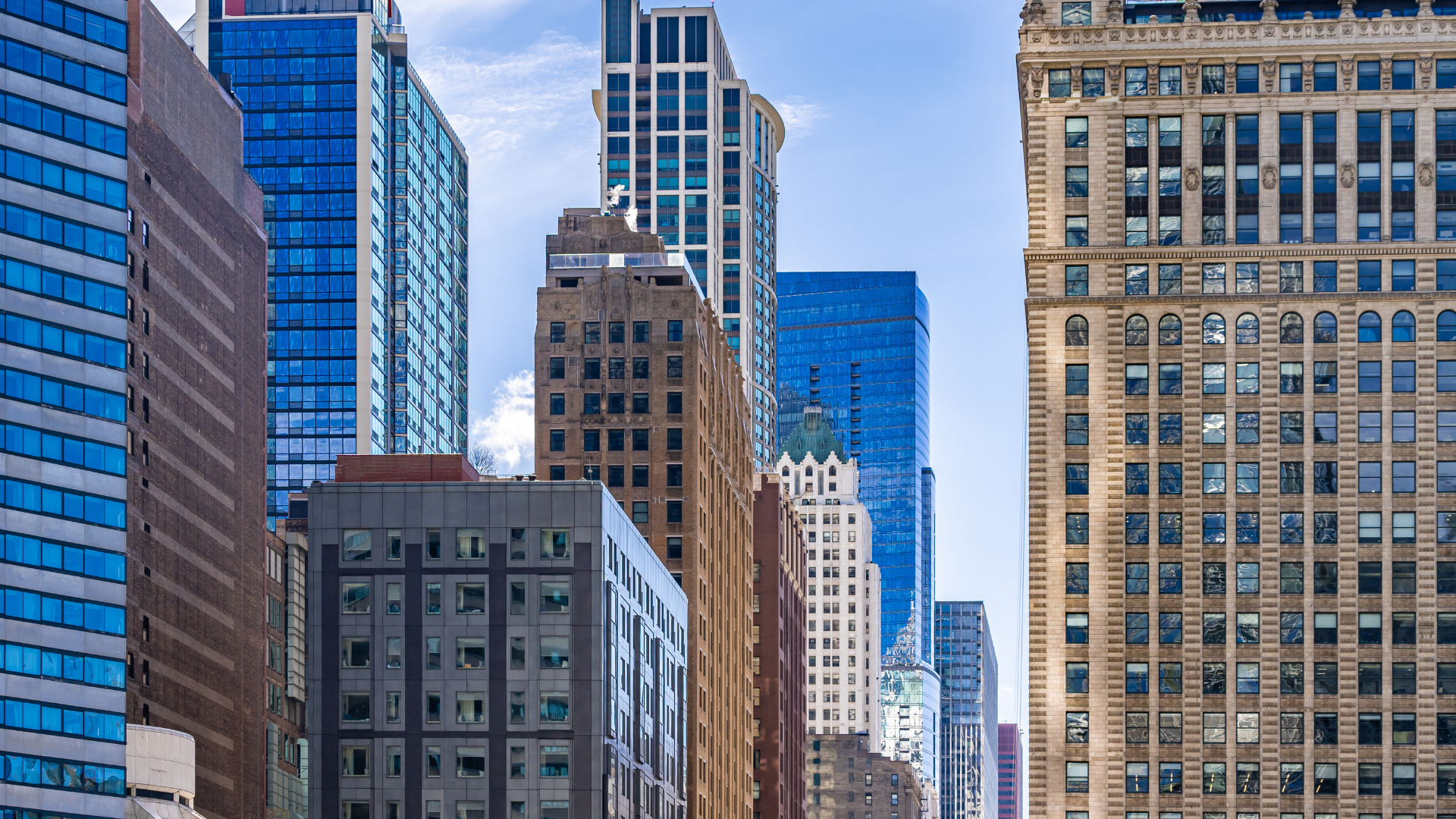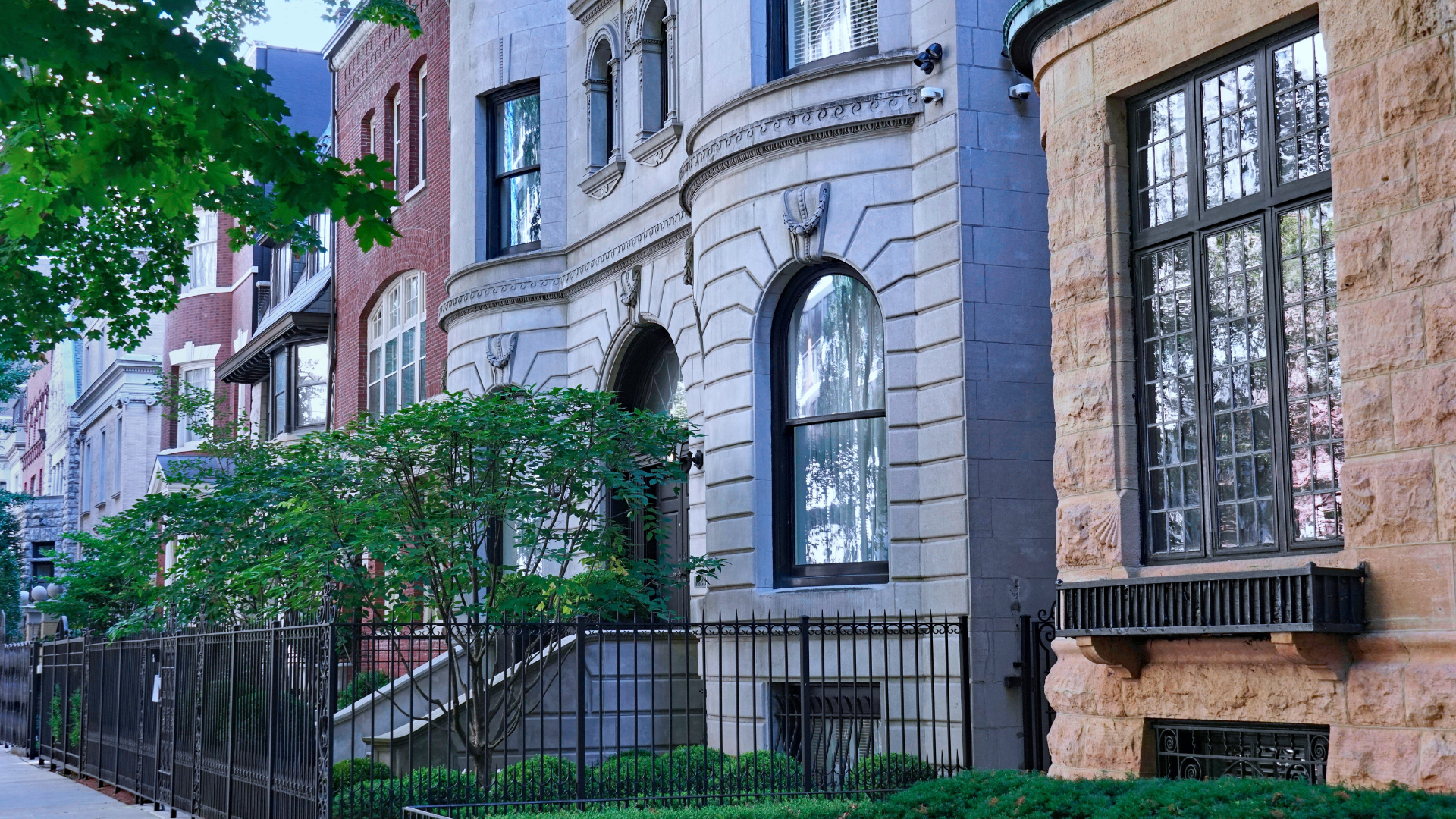Emmy Award-winning director Lena Waithe hails from 79th Street. In an interview with Chicago Magazine, she called her neighborhood “very familial,” a community where “our next-door neighbor would come over all the time to watch TV with my grandmother.”
Hip-hop artist Chance the Rapper is also from the area — and it’s not uncommon to see his face in mural projects throughout the neighborhood. Reporter and author Natalie Y. Moore and television host W. Kamau Bell are proud to call this same community their hometown.
Welcome to Chatham, a neighborhood located on the south side, 10 miles from downtown Chicago. For decades, it has maintained its reputation for being close-knit and self-sustaining. It’s a neighborhood where residents take pride in their local businesses, civic engagement, homeownership and property maintenance.
“There’s a great single-family feel,” Nedra Sims Fears, executive director of the Greater Chatham Initiative, said. “It’s very walkable, there’s good transportation, and we have a very active block club. People are friendly and communal — we look out for each other. There’s a good sense of community.”
THE HISTORY
In the 1860s, Chatham was known as Hogs Swamp or Mud Lake to the farmers and hunters who made the area their home. As those former names suggest, Chatham wasn’t necessarily a place many were rushing to call home, and it took nearly twenty years before businesses and homes were developed.
The area began to grow following the opening of the Cornell Watch Factory, just north of present-day Chatham. This was followed by the development of steel mills. More jobs coming to the area meant more homes, and Chatham grew to become home to working-class Italian, Irish and Hungarian families, who were attracted to the neighborhood by opportunity and new communities. By 1889, Mud Lake/Hogs Swamp officially became Chicago’s Chatham neighborhood.
The early and mid-1900s brought significant changes to Chatham. The neighborhood, characterized by its enforced property standards, saw a population boom in the 1920s. According to Encyclopedia.com, the population went from 9,774 in 1920 to 36,288 in 1929, and the community shifted from working class to middle class. Chatham kept up with its housing demand, and this fed its local economy.
Around that time, throughout Chicago, there was a push for commercial development that complimented the existing streetcar lines. These developments did wonders for Chatham. First, in addition to beautifully maintained residences, the commercial buildings were wonderfully constructed. Secondly, these buildings and added conveniences boosted property values. The styles of the buildings ranged, from gothic to Spanish and Renaissance to Sullivanesque and prairie. The most notable were perhaps the developments at 79th Street and Cottage Grove in Chatham, sporting distinctive terra cotta and ornament designs, which helped Cottage Grove become a hub for shopping.
While racial tensions were evident across the nation in the 1950s and 1960s, middle class African American families began to move into Chatham. Over the next several decades, Chatham became the home of many local black-owned businesses.
NEIGHBORHOOD HOT SPOTS
Chatham has a long history of supporting locally-owned businesses, and many businesses go back generations. Back in the ’60s, Seaway National Bank was founded to finance entrepreneurs who had trouble getting access to credit from traditional banks. Sims Fears noted they were a backbone of the community and helped create the rich entrepreneurial legacy Chatham is known for today. Chatham is home to the first black-owned medical building and quite a few small boutiques. Most notably, Chatham also boasts its own Restaurant Row, on 75th Street between Indiana and Vernon.
A Chatham mainstay, Lem’s B-B-Q, is legendary. “I go there on Sundays, and there’s always someone from out of town doing a Lem’s run before they get on a plane, carrying home a bottle of sauce,” Sims Fears said. “It’s a regional destination.”
Lem’s is just down the street from one of the oldest vegetarian restaurants in Chicago, Original Soul Vegetarian. When you go, get what’s been described as “to die for:” vegan mac and cheese, split pea soup, sweet potato fries and the Garvey burger.
And don’t forget to check out the James Beard-nominated Brown Sugar Bakery, famous for mouthwatering caramel cake and cupcake — you can expect lines around the block at the holidays — and Five Loaves, voted one of the best breakfast places in Chicago.
“There is a nice mix of mom and pop shops and large national brands,” Tony Hardy, senior associate at Marcus & Millichap and 2019 chair of CAR’s CommercialForum, said. “They really play off of each other really well.”
A brand-new gallery and design center recently opened in the area, Griffin Gallery and Interiors, joining many big box home improvement stores like Home Depot, Studio 41 and Lowe’s. Griffin Gallery and Interiors is run by a husband and wife team who converted an old factory to a beautiful art gallery and interiors showroom. “If you’re looking for something unique with an upscale feel, this will give you a real sense of what high end interiors look like with a real discerning eye and point of view,” Sims Fears said. “We’re proud to add Griffin to our mix of home improvement amenities in a way that’s unique and reflective of our African American heritage.” Chatham is also home to one of CAR’s placemaking initiatives: a mural of noted poet Gwendolyn Brooks, located on the 300 block of East 75th Street.
HOUSING SNAPSHOT
Chatham has come a long way from the corn crib and small frame houses that were common in the area before it became part of the City of Chicago.
Today, “you can find a beautiful home for a bargain,” Hardy said. Housing stock ranges in style.
“We have every permutation of bungalow ever made,” Sims Fears said. Cape Cod, Georgian, split-level and raised ranches are also common in the neighborhood. There are several historic districts, including one with a focus on bungalows and another on midcentury homes. “The homes are beautiful and designed by noteworthy midcentury Chicago architects,” Sims Fears said. “You feel like you’re in California when you walk down the street there.”
The Greater Chatham Initiative — led by Sims Fears — hosts a trolley tour to introduce people to the neighborhood and the housing stock available. “Probably 35 percent of our housing stock is two-to-four unit buildings, which people want because they want the extra income,” Sims Fears said. Their trolley tours feature these kinds of buildings, as well as the work being undertaken by flippers for those interested in HGTV-worthy homes.
What is quite noteworthy — many buildings and businesses have been in families for generations. This helps add to the rich community pride Chatham residents feel towards their neighborhood.
“We were all raised with a good sense of who we were and what we could do — a good sense of empowerment,” Sims Fears said. “This helps shape the ethos of the Chatham state of mind.”







